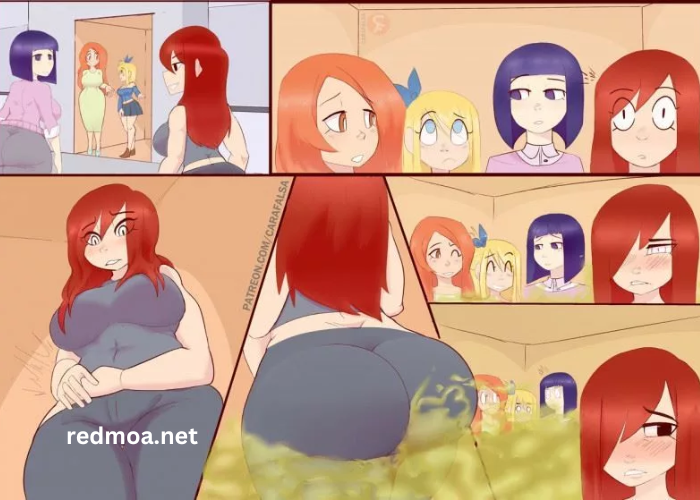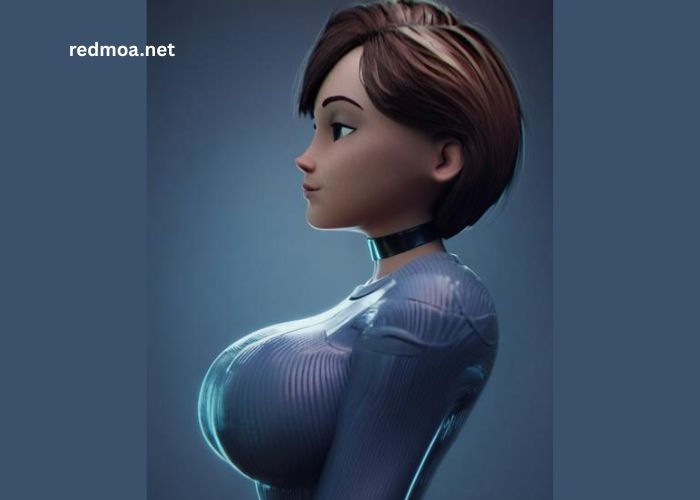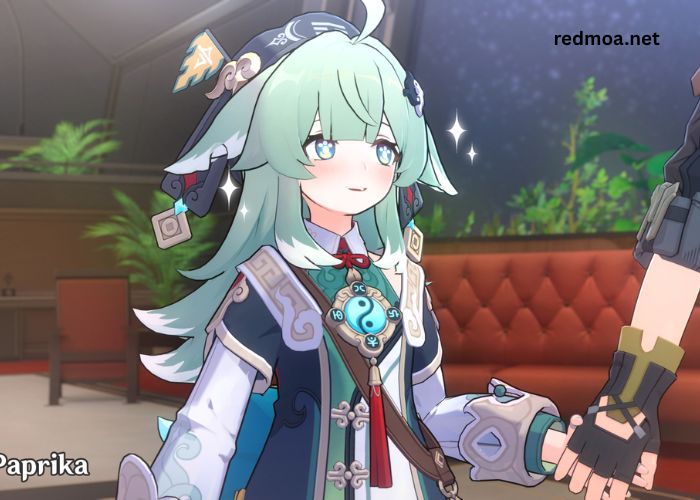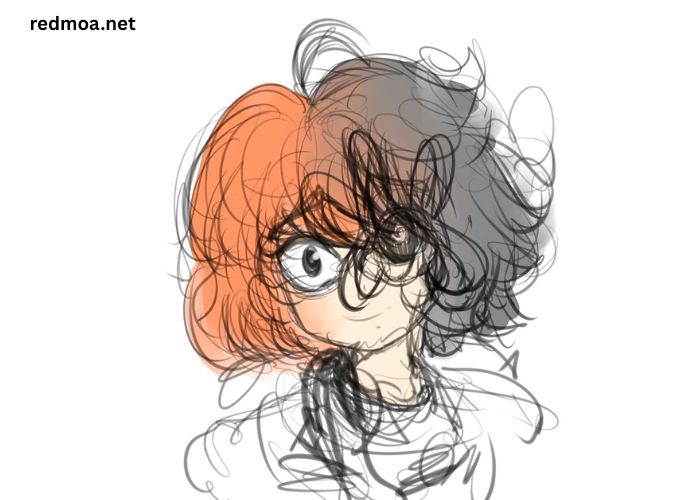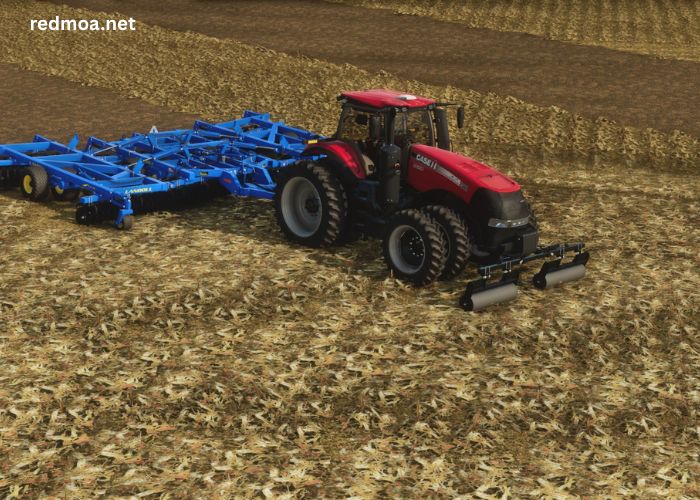In the world of art, there are countless styles, techniques, and subject matters that often push the boundaries of what we consider conventional or tasteful. One such niche that has been gaining attention and creating a stir is the art of lady toots and poos.
While many may find the subject matter off-putting, there is an undeniable fascination with how these bodily functions are depicted in a creative way. Through this form of expression, artists challenge societal norms and create conversations about the connection between humor, discomfort, and art. Whether you find it funny or disturbing, there’s no denying that this type of art has sparked curiosity in many.
Key Points:
- Art has often explored taboo subjects to provoke thought and emotions.
- The portrayal of bodily functions can be seen as a form of rebellion against societal expectations.
- Humor and discomfort can co-exist in art, providing both shock value and reflection.
What Is the Appeal of Lady Toots and Poos in Art?
Lady toots and poos may seem like a strange topic for art, but it appeals to many for several reasons. The main reason could be the sheer absurdity of taking something so natural and often seen as embarrassing and turning it into art. The act of depicting bodily functions in a formal artistic way turns something traditionally viewed as private and shameful into a public spectacle. This contrast between the subject matter and the medium creates a unique appeal. The humorous nature of the works also plays a huge role in attracting people’s attention, as many viewers enjoy the shocking, almost taboo-breaking nature of the subject.
Additionally, art is often a reflection of the human experience, and bodily functions are a natural part of that. By depicting them, artists can make a statement about the human condition. This type of art can bring a sense of normalcy to topics that are often avoided in polite conversation. For example, the act of tooting or pooping is often laughed at or whispered about in social situations, but in the world of art, there’s a freedom to explore these otherwise taboo subjects.
Reminder: The way bodily functions are portrayed in art can also lead to deeper conversations about societal standards and the boundaries of good taste.
How Does This Art Form Challenge Conventional Beauty Standards?
Art has long been associated with beauty, grace, and sophistication. The classical approach to art involves the portrayal of beautiful landscapes, portraits, and still-life compositions. However, the art of depicting lady toots and poos challenges this conventional idea of beauty. By embracing subjects that are often regarded as disgusting or unpleasant, this art form turns the concept of beauty on its head.
Instead of focusing on traditional beauty standards, this type of art embraces imperfection, messiness, and raw human experiences. It encourages viewers to question what they consider to be beautiful or acceptable. Is beauty only found in things that are polished, pristine, and socially acceptable? Or can beauty be found in the messiness of life, including our bodily functions?
Note: This approach encourages viewers to broaden their understanding of what art can be, challenging their preconceived notions and pushing them to embrace the imperfect side of life.
Why Do Some People Find Lady Toots and Poos Art Disturbing?
While some individuals find the concept of lady toots and poos in art amusing or intriguing, others may find it deeply unsettling. The subject matter, after all, involves natural bodily functions that are often seen as private or inappropriate to discuss openly. For those who are uncomfortable with these bodily functions, the artwork can evoke feelings of disgust or even shame.
The discomfort may stem from the fact that society generally dictates what is deemed acceptable to talk about in public. When artists break this taboo and depict something as raw and unrefined as bodily functions, it can make people feel uneasy. This form of art can disrupt social norms, forcing individuals to confront subjects they may have avoided discussing before. In this way, the artwork serves as a catalyst for uncomfortable yet necessary conversations.
Reminder: Even though the subject matter may be unsettling to some, art’s role is often to push boundaries and evoke strong reactions from its audience.
Can This Art Be Seen as a Form of Comedy?
Humor is one of the key aspects that makes the art of lady toots and poos so compelling. The absurdity of turning something as mundane and socially embarrassing as bodily functions into a formal art piece often results in laughter or surprise. Artists often use exaggerated techniques, vibrant colors, and playful compositions to inject humor into their work. The surprise factor of seeing something so private presented so publicly can provoke an unexpected chuckle.
Humor also plays a role in defusing the discomfort that these depictions might evoke. By laughing at the subject matter, viewers can distance themselves from the discomfort and enjoy the piece without feeling overly self-conscious. The humor in this art form may also help normalize bodily functions, allowing people to see them in a new light. What was once considered a private or inappropriate subject becomes something to be laughed at and even celebrated.
Note: Humor can serve as a way to soften the impact of taboo topics, making them more accessible and less daunting to explore.
What Are the Possible Social Implications of This Art Form?
The social implications of depicting lady toots and poos in art are vast. On one hand, this type of artwork can serve as a critique of society’s obsession with cleanliness, perfection, and idealized beauty. By presenting bodily functions in a raw and unfiltered manner, artists may be commenting on how society represses natural human behaviors in favor of polished, sanitized versions of reality.
On the other hand, this type of art could also be seen as a reflection of the changing nature of cultural norms. As society becomes more open and accepting of previously taboo subjects, art that once might have been deemed inappropriate is now being embraced as a valid form of expression. It challenges the viewer to reconsider what is considered acceptable or “proper” and opens up space for more diverse forms of artistic expression.
Reminder: Art that deals with taboo subjects often has the power to provoke important social discussions and lead to shifts in societal attitudes.
Conclusion
In conclusion, the art of lady toots and poos is not only a reflection of raw human experience but also a commentary on societal norms, humor, and artistic expression. It challenges conventional ideas of beauty and pushes boundaries to explore topics that are often considered taboo. Whether you find it disgusting or funny, this art form forces us to confront the imperfection and messiness inherent in life. By doing so, it encourages deeper reflections on the nature of art and what we are willing to accept as “beautiful” or “appropriate.”
As more and more artists experiment with this niche style, it’s clear that the intersection of humor, bodily functions, and artistic creativity is a fascinating and evolving conversation. Whether you love it or hate it, one thing is certain: this type of art is here to stay.
FAQ’s
- Why do artists choose to depict lady toots and poos in their work?
Artists choose to depict lady toots and poos to challenge societal taboos and provoke reactions, questioning what is considered appropriate or beautiful in art. - Can art that depicts bodily functions be considered a form of comedy?
Yes, art that depicts bodily functions can use humor to surprise and entertain, turning something private into a playful public spectacle. - Why is the subject of lady toots and poos in art so controversial?
The subject is controversial because it deals with natural, often embarrassing bodily functions that society typically views as private or inappropriate to discuss publicly. - How can lady toots and poos art change the way we view beauty?
This type of art challenges traditional beauty standards by embracing imperfection and messiness, encouraging viewers to see beauty in unconventional ways. - What are the social implications of depicting bodily functions in art?
Depicting bodily functions in art can provoke important social discussions, challenge cultural norms, and encourage a more open and accepting view of natural human behaviors.

